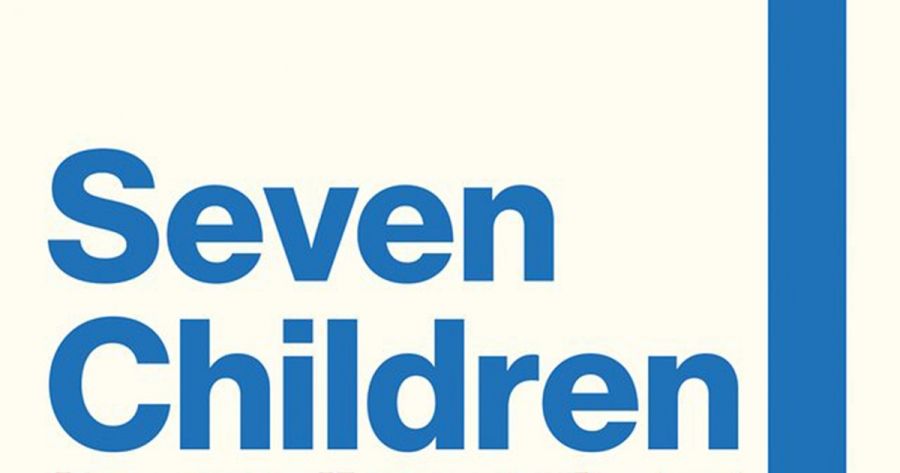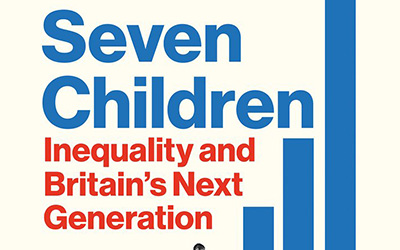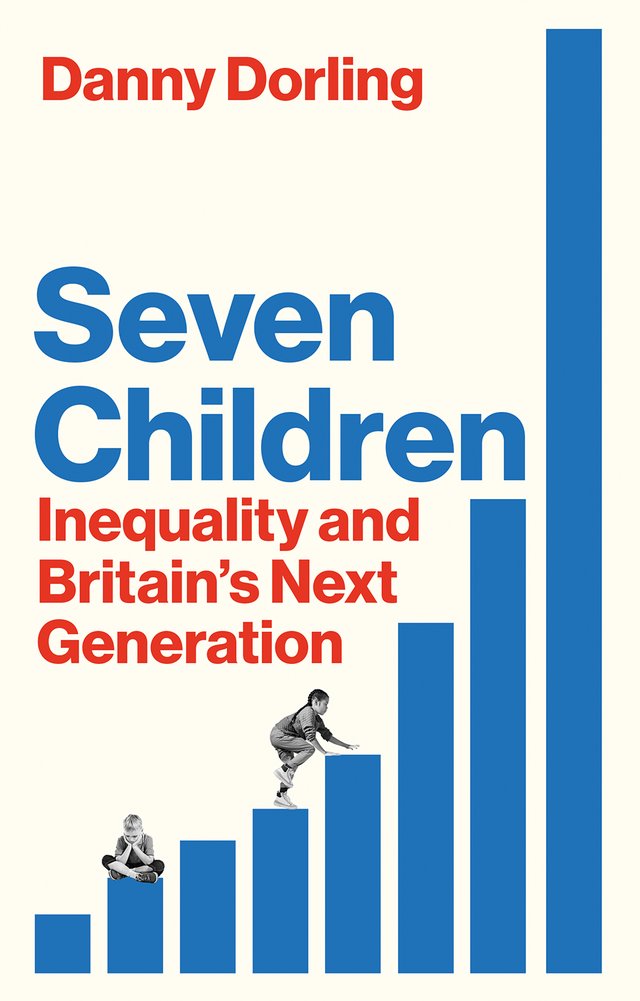
- Free Article: No
- Contents Category: United Kingdom
- Review Article: Yes
- Article Title: No place for the young
- Article Subtitle: Challenges facing the Starmer government
- Online Only: Yes
- Custom Highlight Text:
Britain today is no place for young people. The evidence is as familiar as it is stark. One million of the nation’s fourteen million children experienced destitution in 2022, meaning that their families could not afford to adequately feed or clothe them or keep them warm. In 2024, a record 150,000 lived in temporary accommodation in England. The long-standing decline in infant mortality has stalled. Facts like these, concerning the families struggling most, are often cited as proof of atrophy under Conservative austerity (which, while destructive in its own right, degraded Britain’s resilience against Covid-19 and the energy crisis that followed) and as indicators of the issues that Keir Starmer’s new Labour government should prioritise. But what do we miss by focusing on the worst-off?
- Featured Image (400px * 250px):

- Alt Tag (Featured Image): Francesca Newton reviews ‘Seven Children: Inequality and Britain’s next generation’ by Danny Dorling
- Book 1 Title: Seven Children
- Book 1 Subtitle: Inequality and Britain’s next generation
- Book 1 Biblio: Hurst, £14.99, 305 pp
- Book 1 Cover Small (400 x 600):

- Book 1 Cover (800 x 1200):

- Book 1 Readings Link: https://www.readings.com.au/product/9781911723509/seven-children--danny-dorling--2024--9781911723509#rac:jokjjzr6ly9m
This is the question that Danny Dorling, professor of human geography at Oxford University, asks in Seven Children: Inequality and Britain’s next generation. The structure used to answer it is unusual. Britain’s fourteen million children are grouped into seven sets of two by parental income, with a median child made the focus of each of the seven chapters. These children, formed from the results of the annual Family Resources Survey, among other sources, are given names, families, and personalities. The semi-fictional approach only half-works, but the message is clear: things feel tight for everyone.
Rather than those at the bottom, it is the example of the middle and richest children that demonstrates this best. The parents of David, the fourth child and thus the statistical median of all children in Britain, work as a taxi driver and in a fulfilment centre, the inconsistent earnings from which cover their needs and those of four children. They don’t go on holidays, and they can’t afford to have the kids’ friends round for tea. Other things come first.
The family of Gemma, the richest child, don’t go on holiday, but that’s because they don’t have anyone to run their corner shop in their absence. The corner shop is successful, but not quite enough to send their daughters to a private school as they would have liked to do, given their reservations about the standards of the local state alternative. They each make about the same money as one of the teachers there. Like all the others, they think carefully about when to put the heating on.
Despite their position at the end of the book, Gemma’s parents will probably always consider that they have just enough money to live on. Their daughter may grow up believing she is poor. She will be wrong, but accurately ascertaining your own socio-economic position is difficult. Generally, that is because you interact mostly with those a little higher and a little lower on the income scale than you, therefore appearing, to yourself, average. Today, Dorling emphasises, it is also because ‘the affluent are not that affluent, while the very wealthiest are incredibly so’.
The extent of this inequality is what the average-focused approach demonstrates. As each chapter deals with the median of fourteen per cent of children, the families of the seven per cent absolute richest – like the seven per cent poorest – are absent. The seven per cent group at the top of Britain’s households (not just families with children) receive a third of Britain’s taxable income every year, when capital gains are factored in. The top one per cent take home a sixth. Compared with the parents of Anna, the poorest child, Gemma’s parents ‘have it easy – but there is a gulf,’ Dorling writes, ‘between their lives and means and the lives of those at the top of British society.’
Inequality of this kind seemed outlandish in Britain not so long ago. In the 1970s, strong trade unions used industrial action to protect wages, and the postwar settlement presented state support, in the form of benefits, housing, and the rest, as a right to be used as required, not as a handout. These rights were funded by higher rates of tax on top earners and succeeded in making that decade the country’s most equitable.
Then came ‘the tearing apart of British society’. (Dorling is of the political left, and his personal anger is evident.) The unions were broken, council housing and public services sold off, taxes on high earners cut, and wealth allowed to concentrate. In a single decade, Britain went from one of the most equitable countries in Europe to one of the least.
Dorling’s most obvious frustration is directed at the New Labour politicians who inherited Thatcherism and left its principles intact while mitigating its worst excesses with increased spending on education and healthcare. Those principles included, famously, ‘the most restrictive trade union laws in the Western world’, and led to Margaret Thatcher claiming Tony Blair as her biggest achievement. By 2005, Dorling writes, 700,000 children had been pulled out of official poverty, but the parents of some four out of every seven were still living hand to mouth.
While increasing spending on welfare, New Labour also increased its conditionality, a trend embraced by the Conservatives that followed. The number of ‘sanctions’ imposed on welfare claimants now exceeds the number of fines imposed by the magistrates’ courts in England and Wales and sheriff courts in Scotland. This is one of several surprising statistical revelations that Dorling makes, although it is necessary to note that another – about private school pupils costing the government more, through tax breaks, than the state pupils it funds directly – isn’t backed by the source cited.
As with insecure work and private renting, the complexities of the welfare system are a recurring theme in Seven Children. Neither David’s older sister, who qualifies for free school meals, nor the staff at her school can understand the exact food combination to which she is entitled, for example. Dorling’s description of the consequence is one instance in which the character embellishments really work: she now goes hungry, after ‘the shame she felt at taking her small collection of items up to the till, only to have to return each one to the shelves, became too much’.
Such small, devastating indignities are now commonplace. The risk, for Dorling, lies in letting ourselves be convinced that they are therefore natural and not the result of decades of decisions favouring that small élite with particular influence over policy making. In a less equal society, it is harder to trust and easier to blame, to believe your bad luck is someone else’s laziness. Once things were fairer, though, Dorling points out, and they could be again. The key is political will.
Starmer’s Labour, on this front, is currently a mixed bag. In its first weeks in power, the party suspended seven rebel MPs who had voted to abolish the two-child benefit limit, a change the Institute for Fiscal Studies describes as ‘a quick and cost-effective fix for bringing large numbers of children above the poverty line’. Four months later, the government is taking steps to add twenty per cent VAT to private school fees, the proceeds of which it has committed to spending on state education. It is to be hoped that the second development is more indicative of its ethos than the first. If it isn’t, Seven Children will remain a timely and valuable survey rather than becoming the historical document its author would clearly prefer.


Comments powered by CComment